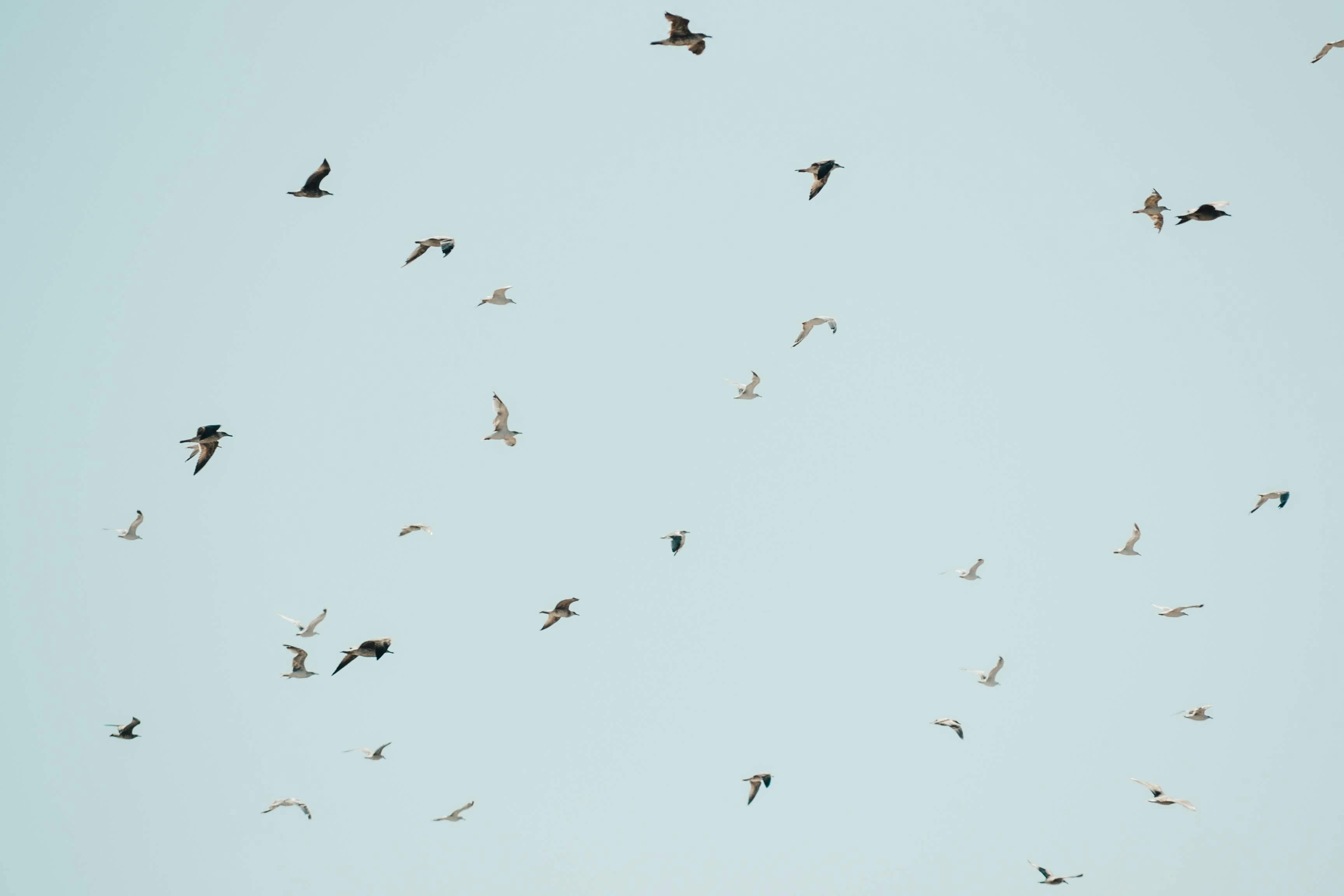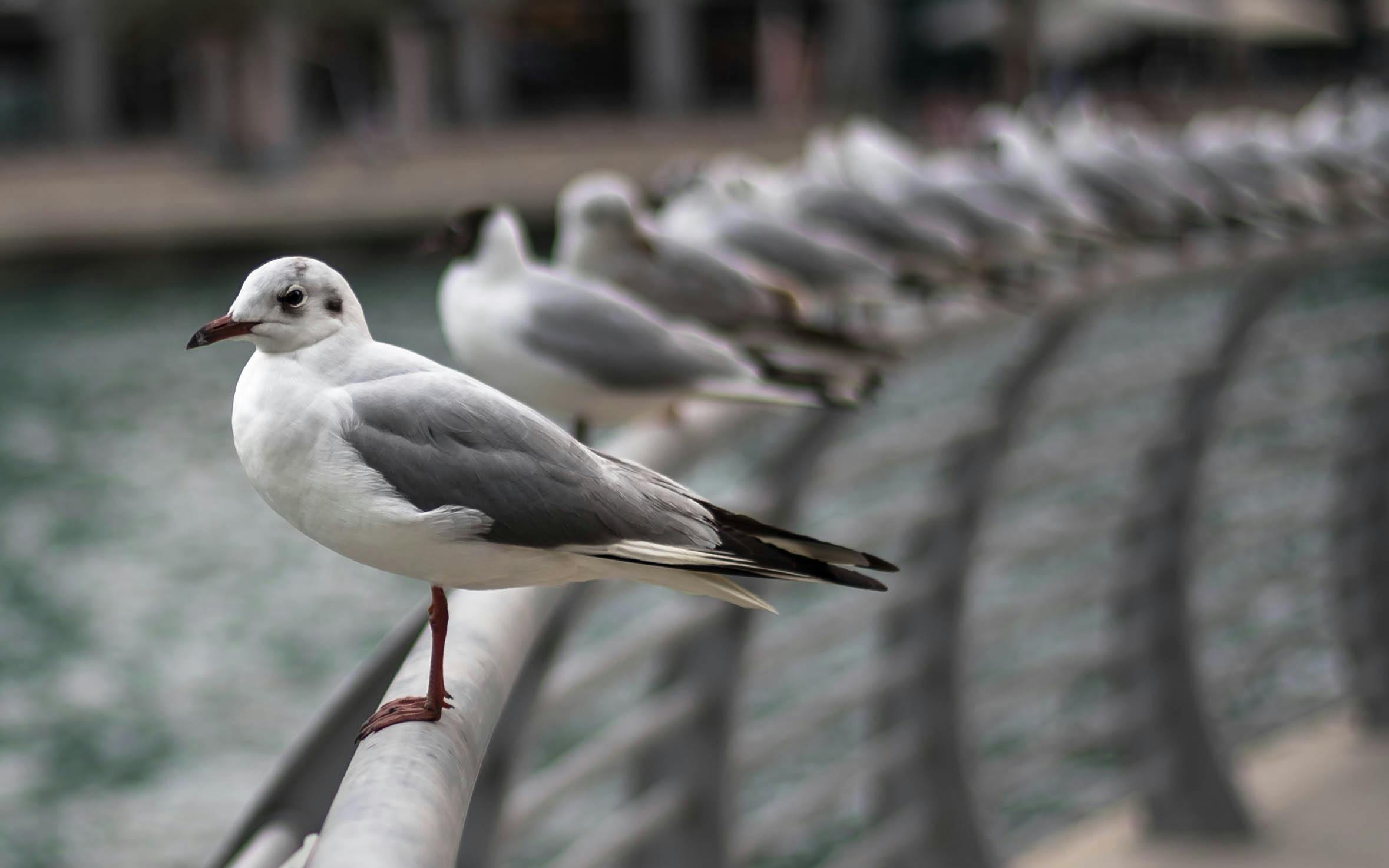

Potts used high-speed film – and a frame-by-frame analysis – of flocks of red-backed sandpipers (Calidris alpina) to conduct his study. These propagation speeds appear to be achieved in much the same way as they are in a human chorus line: individuals observe the approaching maneuver wave and time their own execution to coincide with its arrival. That is, he said, birds are like dancers who see an approaching leg kick when it’s still down the line, and anticipate what to do. Potts called this ability among flocking birds the chorus line hypothesis.

The propagation of this maneuver wave, as he called it, begins relatively slowly but can reach speeds three times faster than would be possible if birds were simply reacting to their immediate neighbors. | Red-winged blackbirds over Mattamuskeet Lake in Hyde County, North Carolina, from EarthSky Facebook friend Guy Livesay. Instead, they anticipate sudden changes in the flock’s direction of motion.Īnd he said, once a change in direction begins in the flock, it then “spreads through the flock in a wave.” View larger. His work showed that bird in flocks don’t just follow a leader, or their neighbors. The classic research on how flocking birds move in unison comes from zoologist Wayne Potts, who published in the journal Nature in 1984. If they were, the reaction time of each bird would need to be very fast – faster than birds actually do react, according to scientists who have studied the reaction times of individual birds in laboratory settings. How do they do this? Zoologists say they aren’t simply following a leader, or their neighbors. We’ve all seen flocks of birds wheeling and swooping in unison, as if choreographed.


 0 kommentar(er)
0 kommentar(er)
